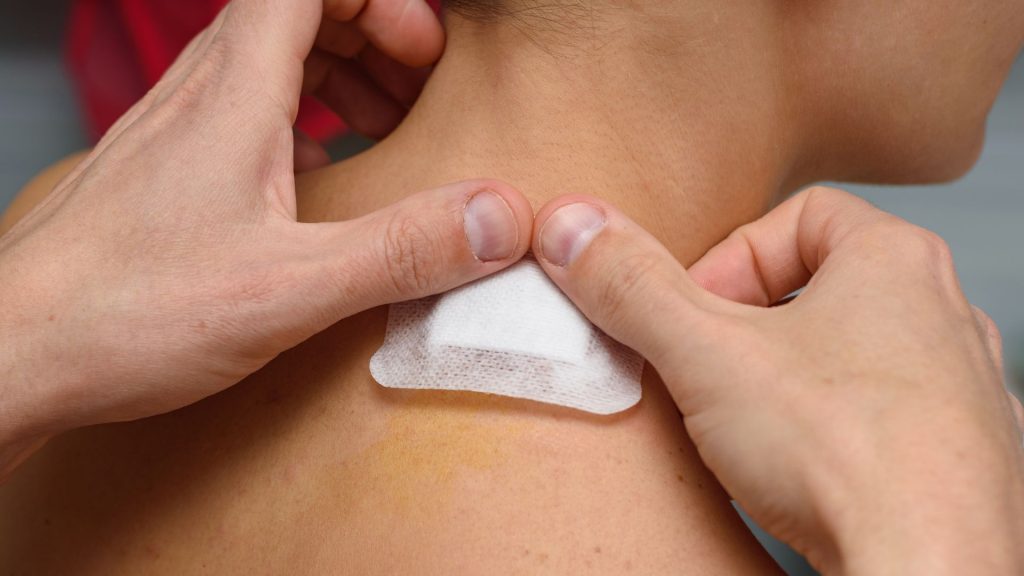
United States: From the iconic Flintstones chewables to enticing chocolate-coated supplements, the innovation in vitamin delivery has traversed an eclectic path. Now, a new contender enters the wellness arena: the transdermal vitamin patch.
Marketed under names like PatchMD, PatchAid, and NutriPatch, these patches are widely accessible on platforms like Amazon and holistic health e-commerce sites. Their manufacturers assert that the vitamins within these patches bypass traditional ingestion hurdles—such as dietary sensitivities—by delivering nutrients directly into the bloodstream. However, these claims are made in the absence of FDA regulation or validation, as per verywellhealth.com.
The Science Behind Vitamin Patches: Promise or Paradox?
While transdermal technology has proven effective for specific applications, including nicotine replacement and hormonal contraception, its efficacy in delivering vitamins remains dubious. According to Dr. Geeta Yadav, a dermatologist and founder of FACET Dermatology in Toronto, Ontario, the skin’s natural permeability is inherently limited.

“Skin consists of seven distinct layers and most topicals rarely permeate beyond the stratum corneum, the outermost barrier,” explained Dr. Yadav. The capacity for absorption hinges on the molecular size and lipophilicity of a substance—smaller, fat-soluble molecules are better equipped to penetrate and enter systemic circulation, according to verywellhealth.com.
Pharmaceutical compounds like nicotine, scopolamine, and fentanyl meet these criteria, enabling their transdermal success. Yet, for vitamins to follow suit, they must be reformulated as nanoparticles encased in fat-soluble carriers—a technological hurdle few, if any, of today’s patches surmount.
As Dr. Yadav noted, “There’s scant empirical evidence supporting the effectiveness of transdermal vitamin patches under current formulations.”
Regulatory Concerns: Supplements or Misclassified Drugs?
Compounding skepticism is the classification issue. Jeff Ventura, vice president of communications at the Council for Responsible Nutrition, unequivocally states, “Vitamin patches are improperly marketed as supplements. According to federal guidelines, supplements must be ingested orally; absorption through the skin classifies them as drugs, subjecting them to FDA oversight,” as per verywellhealth.com.

Despite this, enforcement is inconsistent, and several brands continue to market patches without conforming to drug regulatory standards.
Clinical Evidence: A Mixed Bag
Intriguingly, researchers have explored transdermal patches as a potential solution for post-bariatric surgery patients whose reduced gastric capacity complicates oral supplementation. However, findings remain unpromising.
One longitudinal study found that after a year of using multivitamin patches, 19% of participants exhibited deficiencies in vitamins D and B6, while others showed shortfalls in B1, folate, and zinc. Similarly, another study observed persistent vitamin D deficiencies despite patch-based supplementation.
The lone exception is a small pilot study involving 30 healthy adults, wherein participants showed improved vitamin D3 levels after patch use. However, this study’s limited scope underscores the need for more robust investigations, as per verywellhealth.com.
When asked for supporting clinical data, leading patch manufacturer PatchAid declined to provide evidence or connect researchers with the purportedly endorsing physicians.

Risks Outweigh Rewards
While the risk of vitamin overdose from patches appears minimal, other hazards loom. Functional medicine expert Sam Tejada recounts a troubling personal experience with a vitamin patch that left him battling severe contact dermatitis, a reaction to the adhesive.
“My micronutrient levels showed no improvement despite using the patch, and the adhesive’s toxicity triggered a skin reaction requiring medical intervention,” Tejada recalled, according to verywellhealth.com.
Attempts to address his concerns with the manufacturer yielded no resolution, leaving Tejada convinced that these products are a speculative trend lacking substantiation. “Consumers should approach these patches with skepticism until substantial research validates their claims,” he advised.
